Gabion walls are versatile and sturdy structures that have gained popularity in various construction and landscaping projects. These walls are constructed using wire mesh baskets filled with rocks or other materials. In this blog post, we will delve into the different types of gabion walls, their components, and their applications as retaining walls. Let’s explore the fascinating world of gabion structures.
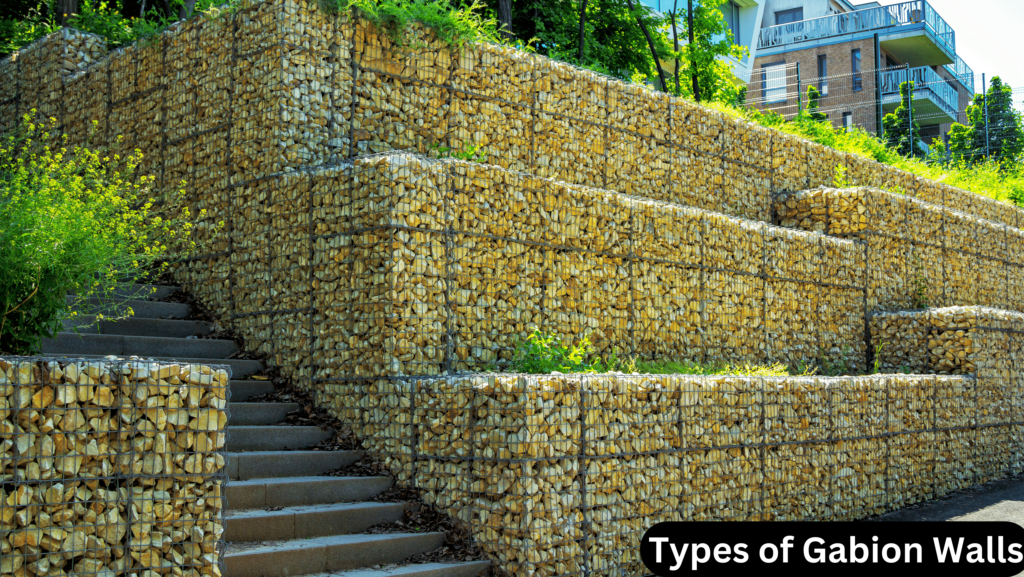
What is a Gabion-Type Structure
Gabion-type structures are innovative and sustainable solutions in the field of civil engineering. They consist of wire mesh baskets, also known as gabion cages, which are filled with stones, rocks, or other materials. These cages create a flexible and durable structure capable of withstanding external pressures while allowing water to pass through.
Components of a Gabion
A typical gabion comprises several key components that work together to form a stable and efficient structure;
- Wire Mesh Baskets: These baskets, made of galvanized steel wire, provide the framework for the gabion wall. They come in various shapes and sizes, such as boxes, mattresses, or sacks.
- Fill Material: The primary fill material for gabions is usually stones or rocks. These materials should be durable, weather-resistant, and properly graded to ensure stability.
- Lacing Wire: Lacing wire is used to secure the edges of the wire mesh baskets together, forming a tightly-knit structure. It prevents the fill material from escaping and maintains the integrity of the gabion wall.
Gabion Wall Structures
Gabion walls can be classified into different types based on design and purpose. Here are three common types;
Gravity Gabion Walls
Gravity walls rely on their weight and mass to resist the earth’s pressures. They are suitable for low to medium heights and provide excellent stability due to their self-weight.
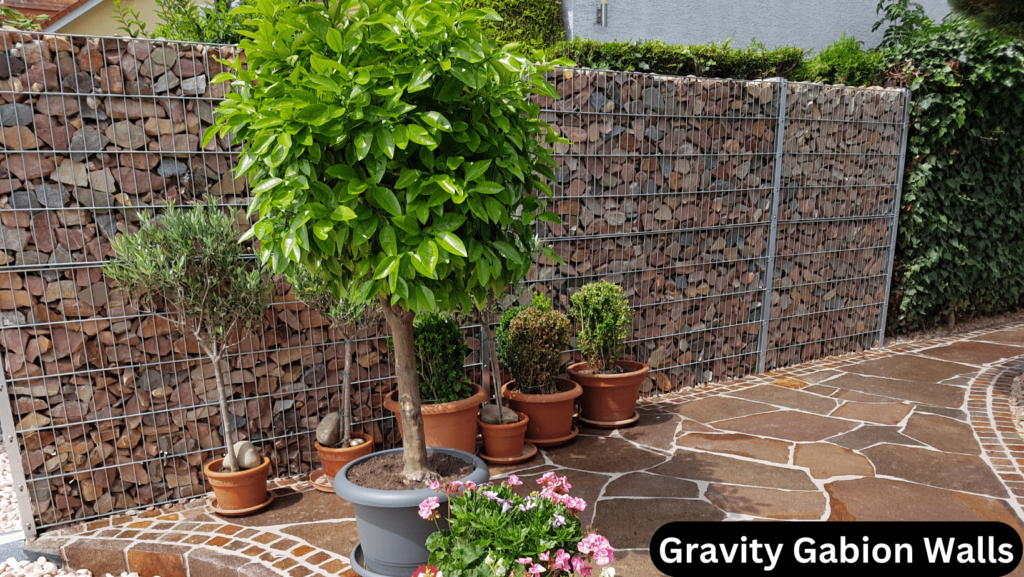
Reinforced Gabion Walls
Reinforced gabion walls incorporate additional reinforcements, such as geogrids or steel bars, to enhance their load-bearing capacity. They are ideal for taller walls or situations with higher load requirements.
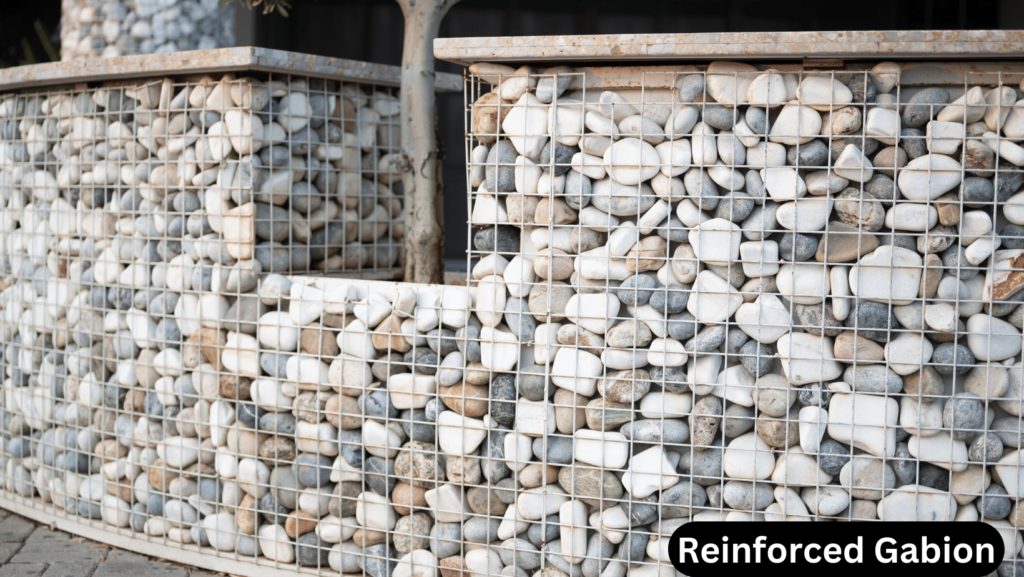
Terraced Gabion Walls
Terraced gabion walls create a stepped or terraced effect, which adds aesthetic value to the structure. They are commonly used in landscape design to provide erosion control and create visually appealing features.
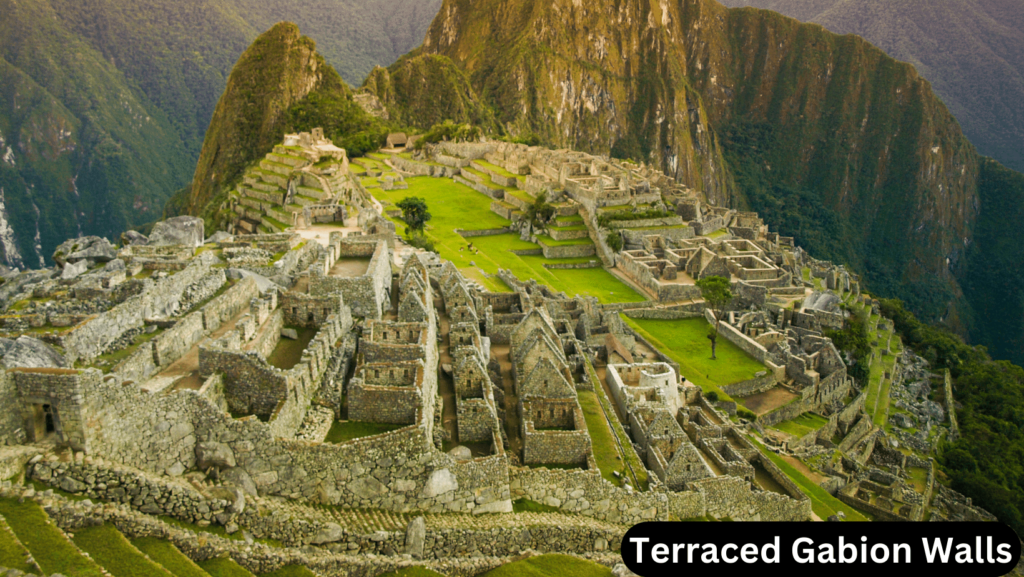
Gabion Walls as Retaining Walls
Gabion walls serve as effective retaining wall systems due to their inherent structural properties. The flexibility of the wire mesh baskets allows them to conform to minor ground movements, providing stability and preventing erosion. The permeability of the gabion structure allows water to drain through, reducing hydrostatic pressure behind the wall.
Conclusion
Gabion walls offer a unique and eco-friendly approach to construction and landscaping projects. With their diverse applications and variations, these structures provide both functional and aesthetic benefits. By understanding the different types of gabion walls and their components, architects, engineers, and homeowners can make informed decisions when incorporating them into their projects.
Remember to insert the hyperlinks naturally within the text where relevant:
- For more information on foundations for mobile homes, check out this article: Six Popular Types of Foundations for Mobile Homes

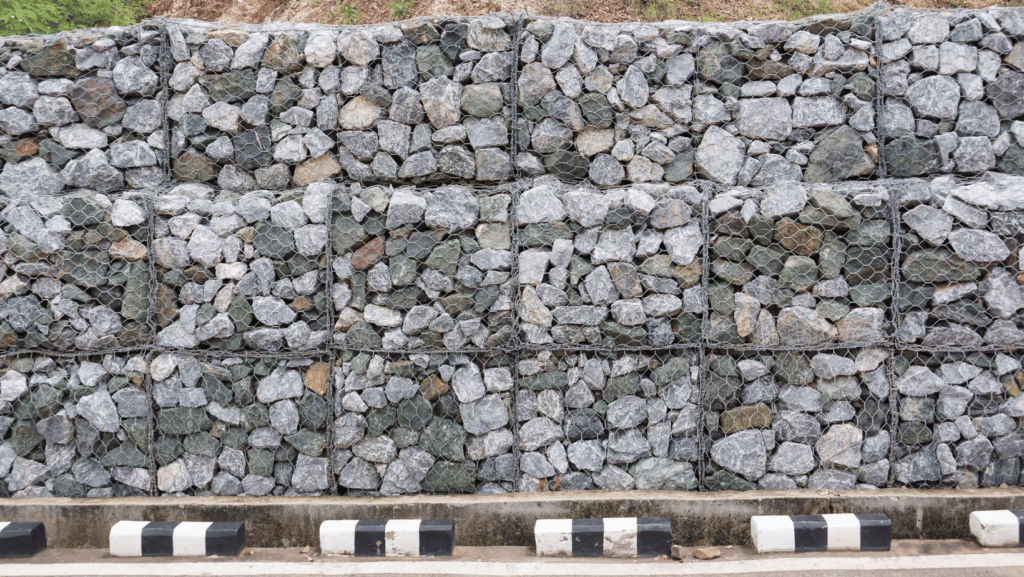
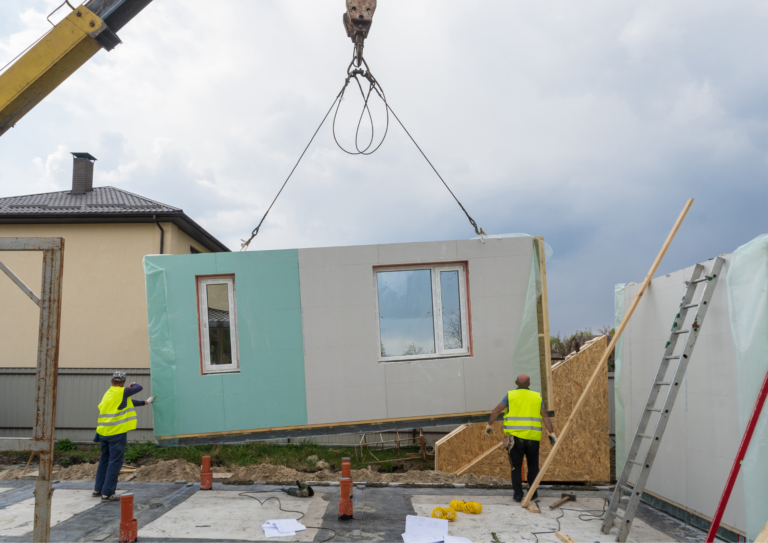
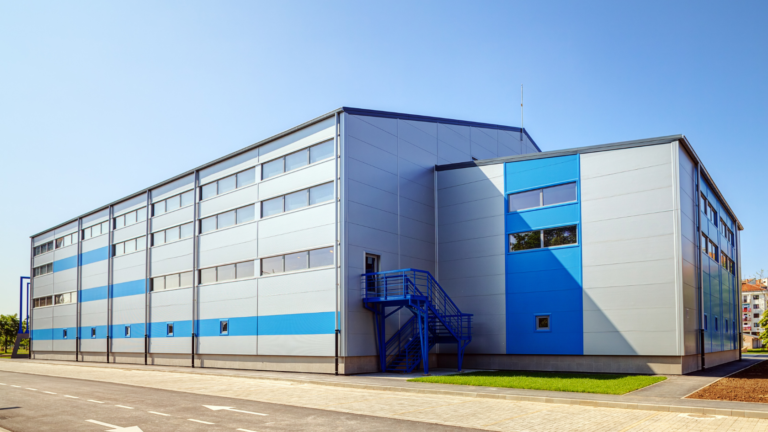
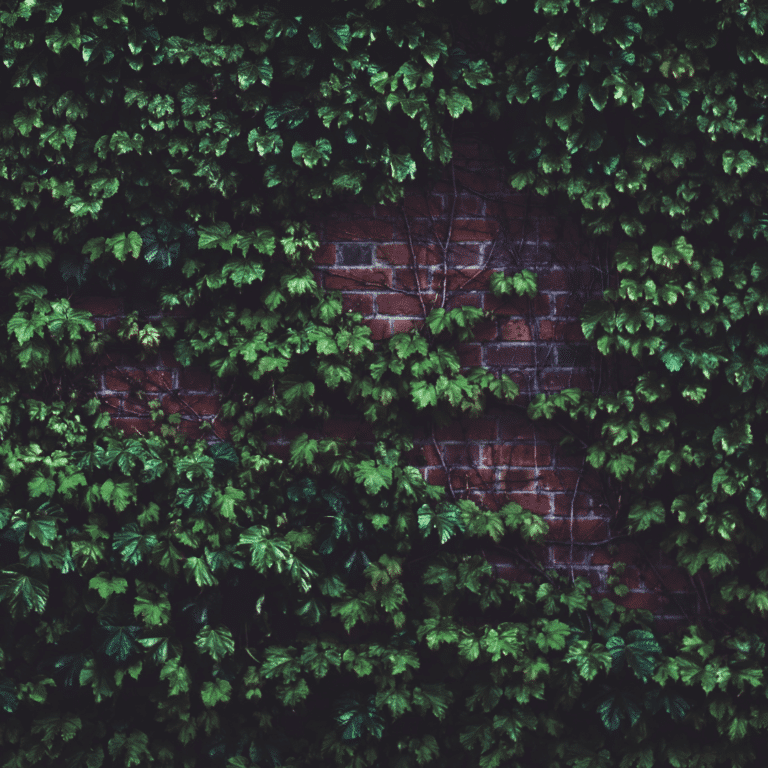

1 comment
All you need to know about Retaining Wall Essentials - brickborne
[…] down your slope. But worry not, for you have a retaining wall to protect you. But when is a Retaining Wall required […]